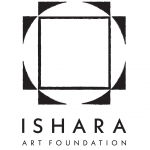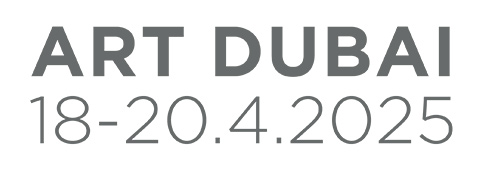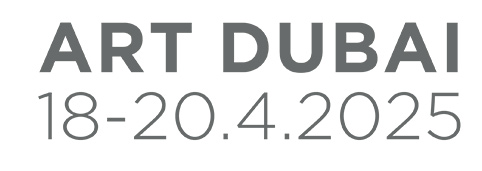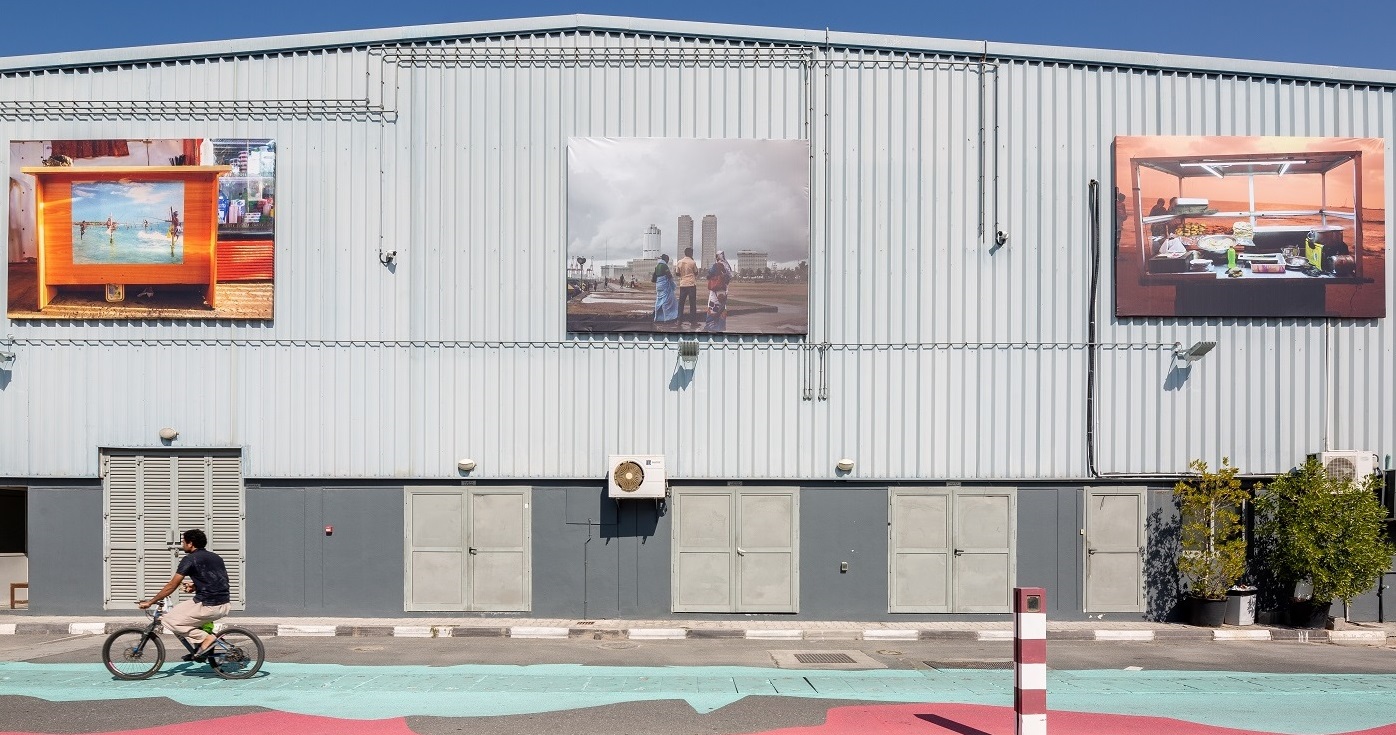
Ishara Art Foundation’s newest initiative Alt+Shift+Studio, hosted by alserkal.online, is a series of conversations and video tours that examine the intersection of infrastructures and ideas in contemporary artistic practice. Highlighting four artists from South Asia and the South Asian diaspora, the web-series explores a redefinition of artist studios in the 21st century, breaking away from the traditional structures of an isolated space of production.
The Art Dubai team caught up with Ishara Art Foundation’s Sabih Ahmed, Associate Director and Curator, and Laura Metzler, Operations, Programmes and Production Manager, who co-conceived the project. Read about their inspiration, the participating artists, and how the initiative straddles the past, present and future of the artist studio concept.
Art Dubai (AD): What is Alt+Shift+Studio and what do you aim to achieve through this project? How does it tie into the overall mission of Ishara Art Foundation?
Sabih Ahmed (SA): Alt+Shift+Studio is a web-series of artist presentations and video tours that explore how contemporary artists from South Asia and South Asian diaspora redefine the idea of artists’ studio in the 21st century. The series breaks away from the traditional image of a studio as an isolated space of production. Instead, we see studios operating through a network of sites. An underlying question behind the series was to ask how creative practitioners create conditions to work in unpredictable environments. In the present moment there is a profound re-spatialisation of experience happening around the world where contours of public and private spaces, work and home, physical and virtual worlds are being redrawn. In this context, Alt+Shift+Studio is an opportunity to learn from artistic strategies about different ways in which infrastructures meet ideas.
Over the past year, Ishara Art Foundation has worked with nineteen artists through its exhibitions. We decided to take this conversation up with some of them by inviting Rajyashri Goody, Umber Majeed, Randhir Singh and Abdul Halik Azeez whose works were presented in the Foundation’s second exhibition. There are four episodes that are accessible online through the Foundation website and Alserkal.online and we are working on releasing more in the coming months as part of the Foundation’s broader vision to share knowledge about contemporary art from the region.
This series is inspired from initiatives such as ‘City As Studio’ that was conceived by Sarai CSDS in Delhi from 2010-2013, Ashkal Alwan in Beirut, and programmes by Foundation for Indian Contemporary Art (FICA) in Delhi that opened new topographies of artistic practice in the city. At Ishara Art Foundation, we hope to continue and open up those conversations with more artists working around the world and to build resources around them.
AD: Tell us a little bit about who the contributors are, what each is bringing to the project, and how each studio is different than the other depending on their locale (geography, community, etc…)
Laura Metzler (LM): This series began with four artists that we worked with during Body Building, the Foundation’s second exhibition that was curated by Nada Raza in 2019. The exhibition explored the connections between the Gulf and South Asia through architectural imaginaries and aspirations brought together through artists of different generations and nationalities from South Asia.
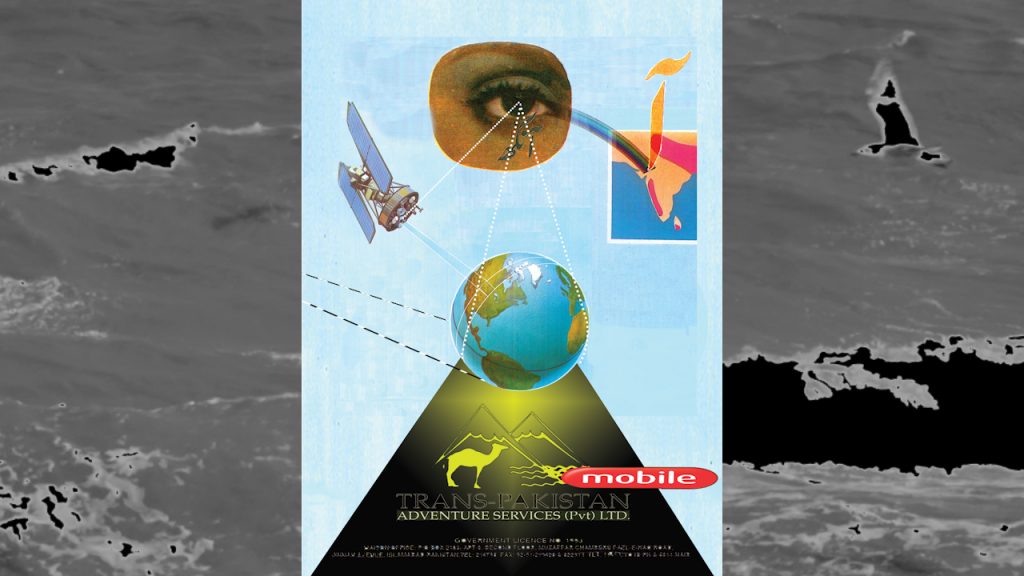
Umber Majeed, Trans-Pakistan Zindabad, 2019, video still, Courtesy of the artist.
For Alt+Shift+Studio, we worked with emergent practices and artists who produce works in different conditions that highlight the questions we are asking through their individual approaches.
The first episode was with Rajyashri Goody, who is currently working from her home in Pune, India. She started her practice through artist run-spaces and residencies, later moving to a more stable set of studio spaces. Even though she has stayed in Pune for the past year, she still places her studio across different production and community spaces rather than thinking of any one location.
Umber Majeed sees her studio as an interface between physical and digital spaces, and shows the process of continuously moving between the two while developing work and exhibitions. She works across New York and Pakistan and has done some long-term residencies like the Home Workspace programme in Beirut. She doesn’t see her studio change based on physical location.
Randhir Singh is an architectural photographer who has a physical space he refers to as his studio but also sees most of his actual studio work and production taking place in the field as he moves through Delhi. His 4×5 camera requires him to physically carry the studio wherever he wants to make an image. He takes an extended period to set up before actually taking a photograph. This led him to contextualize his studio as spread out in the city.
In the fourth episode, Abdul Halik Azeez stretches the definition of the studio the farthest because it occupies the same space and tools of his everyday life such as the mobile phone in outdoor spaces of Colombo, Sri Lanka, which then become his studio whenever he needs them. This cross over takes place at rapid speed and his presentation addressed the importance of velocities and speed due to which his studio manifests in the way it does.
SA: An important element of the web-series is the different ways in which all four artists use the digital interface to communicate their ideas. While Rajyashri’s is in the form of a slide-show presentation, Umber’s incorporates a heavy use of graphic renderings and simulations, Halik’s is a torrent of streaming images and video clips, and Randhir’s presentation is carried out on a map in the foreground overlayed by his notations, photographs and markings. This produces surprises as they reveal the prisms through which the artists navigate cities and spaces.
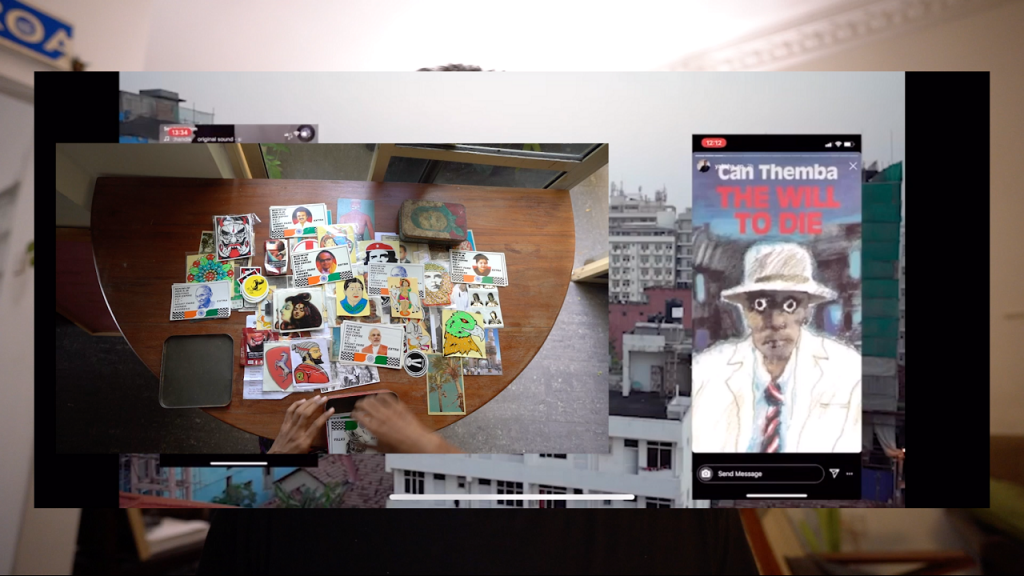
Screenshot of Abdul Halik Azeez’s presentation, Alt+Shift+Studio, Ishara Art Foundation, 2020. Image courtesy: Abdul Halik Azeez
AD: One could argue that the studio has gone through a radical change since the middle of the 20th century; how do think this change will evolve given the current global climate and the emergence of a ‘new normal’ for how we go about our day-to-day lives?
SA: I believe, the redefinition of the artist’s studio is part of a larger shift in the field of contemporary art practice. Contemporary artists in recent decades have produced works that range from elaborate fabrications, use mass-produced objects, performances and speech acts, archives, videos, site-specific interventions, all the way to instructions carried out by others. Over and above that, the contexts in which contemporary art is produced and shown now has also changed, as is evident from the significant number of art projects that are interdisciplinary and research driven. We are seeing artists work out of laboratories, observatories, agricultural farms, kitchens as much as fabrication workshops, editing studios and their homes.
While there will be an enforcement of new rules and regulations as a result of the current global situation, there will also be new domains of improvisations that reimagine collective life – each producing their own vocabularies and spaces.
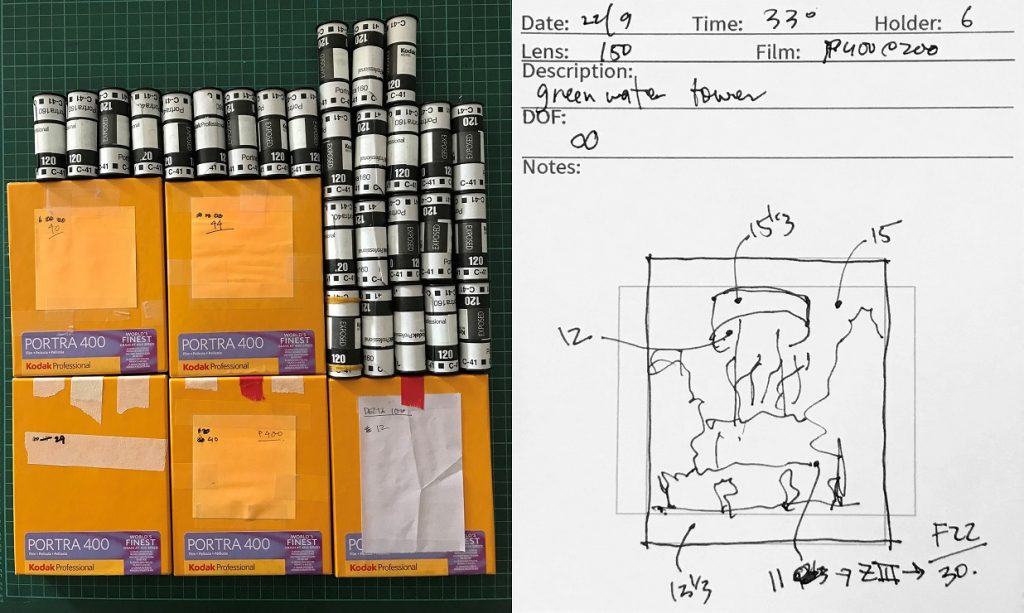
Randhir Singh, film and notecard, Delhi 2020
I believe contemporary art and curatorial practice is an important site for such improvisations as they test new languages and infrastructures and try to make sense of the complex experiences that define this moment. I think we are all still trying to understand what this moment is and I am interested to learn how intelligent, poetic and critically informed practices navigate this.
LM: When we were starting the series, we were conscious about not limiting our scope to the lock-down or focusing on specific momentary limitations. Instead we wanted to look at practices that already formed alternative studio concepts.
The presentations in Alt+Shift+Studio allow us to see some of the thought-provoking formulations of what spaces can be. Umber describes her studio as an interface, Randhir describes it through lines, points and fields moving across the city, Rajyashri as a space of different community gatherings. Halik’s presentation opened up an unexpected and constructive debate between us about whether it is even necessary for a contemporary artist to have a studio. I feel these questions can inform the way all of us think about art practice in the different locations we inhabit.
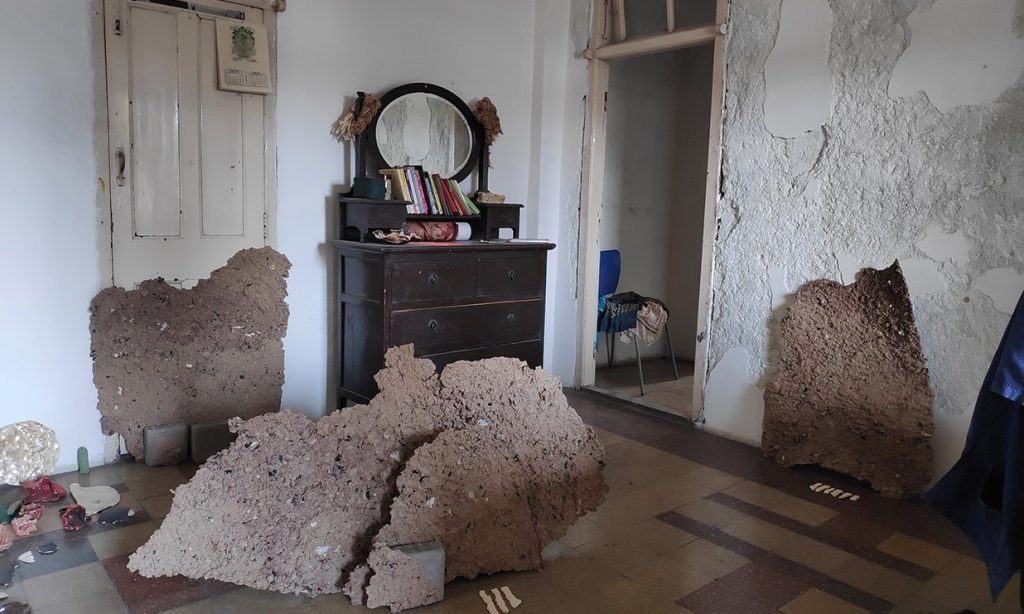
Rajyashri Goody’s studio space at TIFA Working Studios, Pune, 2019.
Alt+Shift+Studio Episodes
Episode 1: Rajyashri Goody
Rajyashri lays out an expanse of shared spaces in which her practice is situated, from international residencies to neighbourhoods, artist-run spaces, a government established paper factory, family archives and public libraries in Pune, India.
To view the presentation, click here.

Studio at ISCP, New York, 2018. Photo credit: Mollie Flanagan.

Open Studio at Refracting Rooms, Khoj International Workshop, TIFA Working Studios, Pune, 2015. Pictured: Svea Schneider performance. Photo credit: Alison Wynn.

Reading material in studio at Rijksakademie Van Beeldende Kunsten, 2017.
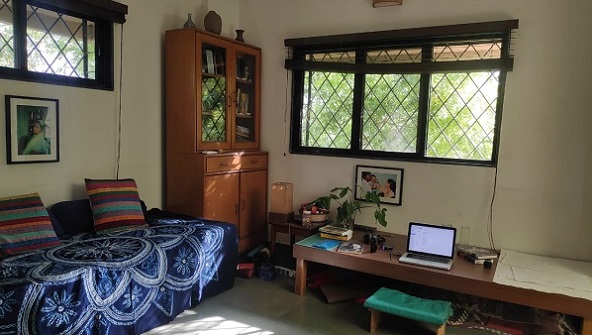
Home Bedroom Studio, Pune, 2020.
Episode 2: Umber Majeed
Umber Majeed highlights the tensions between the physical and digital realms in which her practice resides. She describes her studio as an interface between her hard drives, binders of archival material in Lahore and New York, printers and scanners, and a green screen.
To the view presentation, click here.
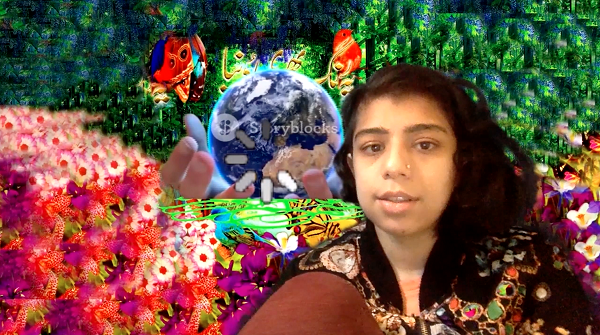
Screenshot of Umber Majeed’s presentation, Alt+Shift+Studio, Ishara Art Foundation, 2020.
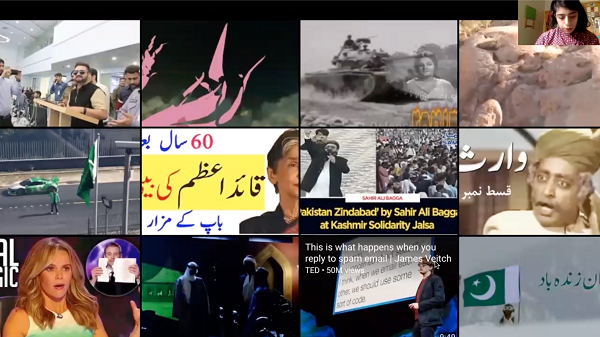
Screenshot of Umber Majeed’s presentation, Alt+Shift+Studio, Ishara Art Foundation, 2020.
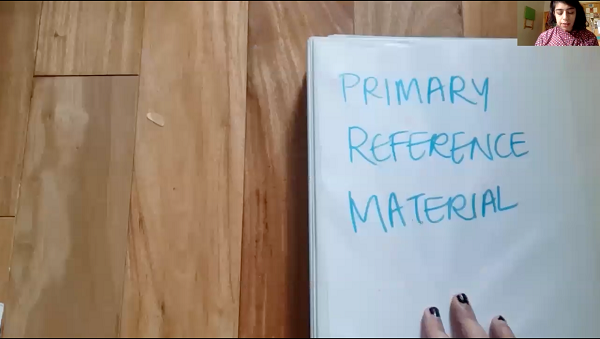
Screenshot of Umber Majeed’s presentation, Alt+Shift+Studio, Ishara Art Foundation, 2020.
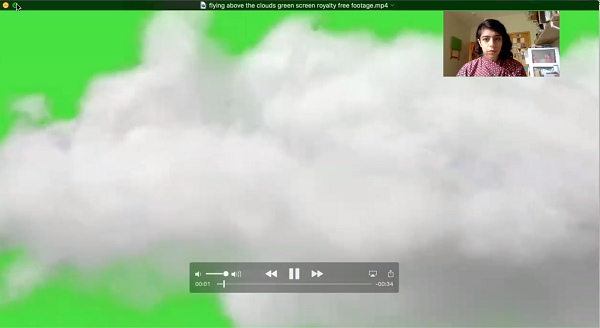
Screenshot of Umber Majeed’s presentation, Alt+Shift+Studio, Ishara Art Foundation, 2020.
Episode 3: Randhir Singh
Photographer Randhir Singh considers his studio through his movement and interactions with the city of Delhi. He analyses his own working structure through the line, point and field that guide his architectural photography.
To view the presentation, click here.

Points along a line, from Randhir Singh’s presentation, Alt+Shift+Studio, Ishara Art Foundation, 2020. Courtesy: Randhir Singh.
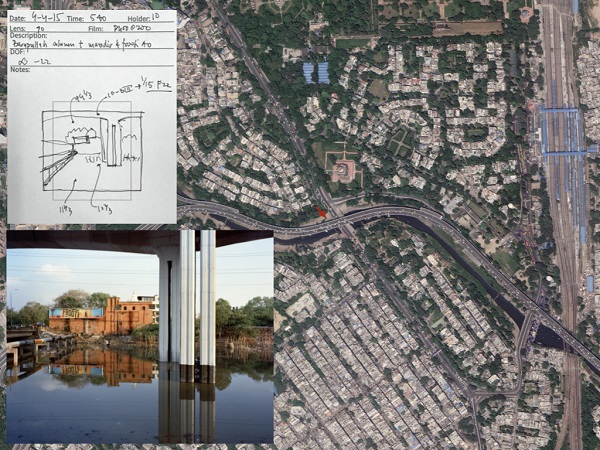
Location, notes and photograph made of “Frooti Mandir”, from Randhir Singh’s presentation, Alt+Shift+Studio, Ishara Art Foundation, 2020. Courtesy: Randhir Singh.
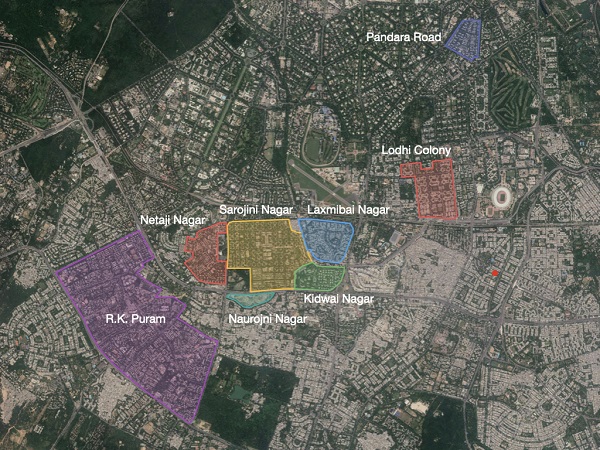
Zones across the city, from Randhir Singh’s presentation, Alt+Shift+Studio, Ishara Art Foundation, 2020. Courtesy: Randhir Singh.
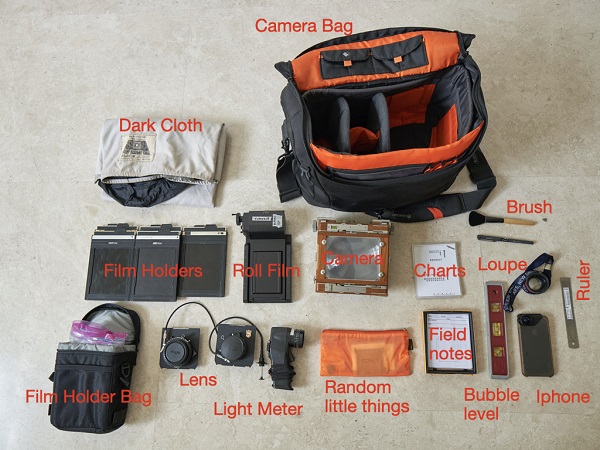
What’s in my bag?, from Randhir Singh’s presentation, Alt+Shift+Studio, Ishara Art Foundation, 2020. Courtesy: Randhir Singh.
Episode 4: Abdul Halik Azeez
Abdul Halik Azeez is an artist who works with a multiplicity of information flows, drawing from the output of imagery of Sri Lanka. Azeez raises questions around whether it is even necessary to have a studio in order to be an artist in the 21st century.
To view the presentation, click here.
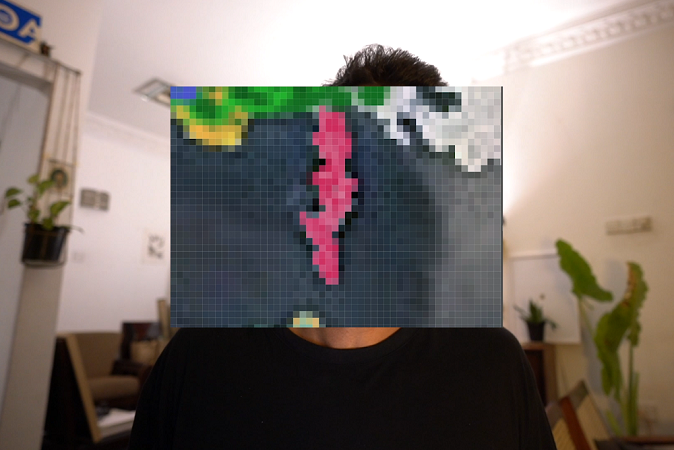
Screenshot of Abdul Halik Azeez’s presentation, Alt+Shift+Studio, Ishara Art Foundation, 2020. Image courtesy: Abdul Halik Azeez.
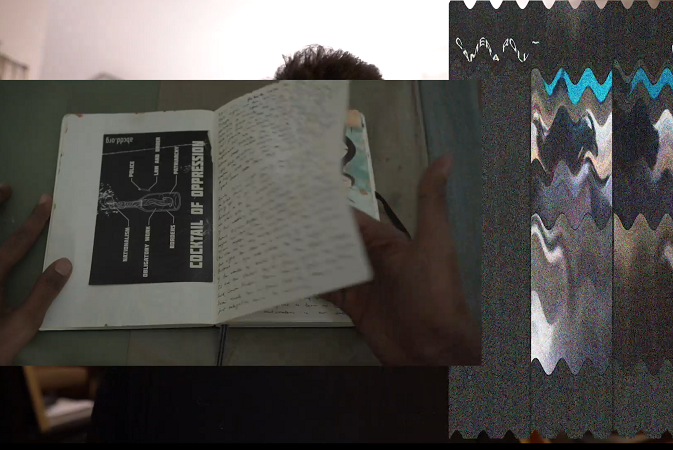
Screenshot of Abdul Halik Azeez’s presentation, Alt+Shift+Studio, Ishara Art Foundation, 2020. Image courtesy: Abdul Halik Azeez.
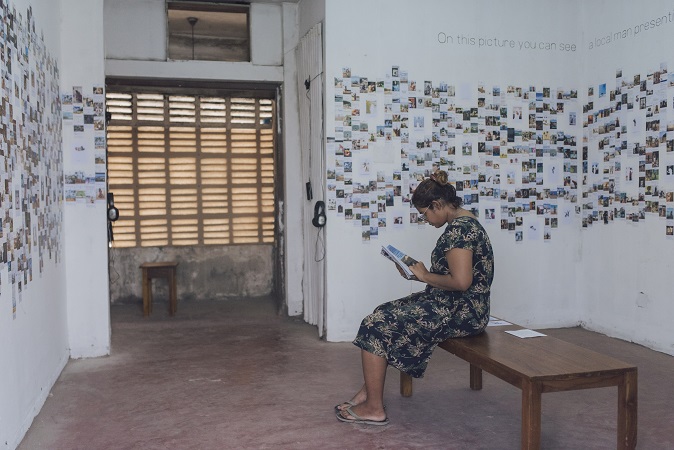
Installation view, On this picture you can see a local man presenting his jumping skills (2019), Colomboscope (2019). Image credit: Ruvin De Silva.
Alt+Shift+Studio is conceived by: Sabih Ahmed and Laura Metzler
Video editor: Nikhil KC
The series can be accessed via the following websites:
Ishara Art Foundation
alserkal.online
Ishara Art Foundation
Ishara Art Foundation is a non-profit organization focused on contemporary art from a South Asian context. The Foundation takes an expansive definition of the region that includes the diaspora and overlapping histories of the region around India, Pakistan, Bangladesh, Sri Lanka and Nepal. Given the multiple links to South Asia within the Gulf, the Foundation presents new and established practices through exhibitions and commissions that develop new dialogues and explore regional interconnections. Guided by a research-led approach, Ishara supports the participation of South Asian voices within the lively art, culture and design community of the UAE. Ishara Art Foundation is presented in partnership with Alserkal Avenue.
